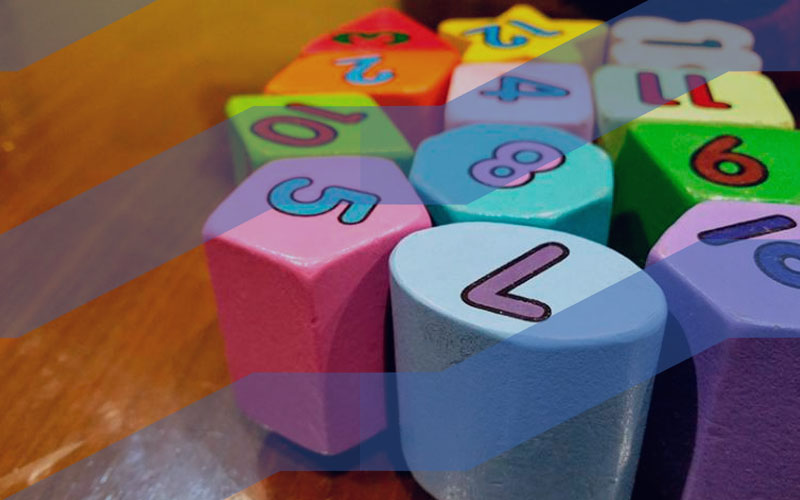Parents like sets. Teachers like sets. But do they work?
Is ‘setting’ good for student outcomes? And if not, what should we be doing instead? IOE researcher Becky Taylor wanted to understand the impact of teaching children in ability groups.

21 December 2021
There are fewer more contentious issues in schools than ‘setting’. Done well, many claim it can bring improvements across the board, increase confidence and deliver outstanding results. But new research from the IOE suggests that too often the process is handled badly, particularly where attainment is overlooked for broader assumptions taking in ‘other’ factors – leading to some damning outcomes.
Indeed, some findings are genuinely shocking. According to the research, young people from certain minority ethnic backgrounds – black young people in particular – were two and a half times more likely to be put in a lower group than their results should have suggested, and Asian young people were twice as likely to be put in a lower maths set than their prior attainment would indicate suitable. Girls were more likely than boys to be placed in lower maths sets than indicated by their prior attainment The research also looked at who went into higher sets, and found that white students were more likely than black or Asian students and boys were more likely than girls to be put in a higher set than their test results would suggest.
“We know from a long history of research that the pupils in lower attaining routes are more likely to be pupils from disadvantaged backgrounds,” says Dr Becky Taylor, Principal Research Fellow in the Centre for Teachers and Teaching Research. “They're also more likely to be students from particular ethnic groups.”
This, Taylor suspects, is to do with a labelling effect. “There’s a strong discourse around natural ability, and people have this idea about who has it academically and who doesn't, and pupils are labelled accordingly. For example, boys are assumed to have greater natural ability in maths.”
Taylor was Researcher Practitioner and Project Manager for the Best Practice in Grouping Students project, led by Professor Becky Francis (previously Director of UCL Institute of Education and now CEO of the Education Endowment Foundation). The project set out to explore whether setting could be improved and whether mixed-attainment grouping could provide an alternative approach.
The research looked at what would happen if schools assigned children to hypothetical maths groups based on prior attainment alone, and compared outcomes to groups allocated by schools. The researchers found that although schools took prior attainment into account, a range of other information was also used, such as impressions formed in the classroom. “It does seem to us that labelling overall is having a detrimental effect on young people from minority backgrounds and on the basis of gender,” Taylor says.
Perhaps the most important finding of all is that of the link between setting and self-confidence. “We found that when young people had been put into sets at the beginning of Year 7, the children in the top sets had higher self-confidence and those in the lowest sets had low self-confidence,” says Taylor. “However, this wasn’t just to do with subject confidence, this was general self-confidence. And this gap widened over time.”
The findings have prompted Taylor and her colleagues to come up with a set of recommendations – The Dos and Don’ts of Attainment Grouping (available to download here). The recommendations include ensuring that everyone has access to a high-quality curriculum, having high expectations of all pupils in all groups, testing regularly and encouraging regular movement between groups.
Taylor, with Professor Jeremy Hodgen, is now embarking on The Student Grouping Study to test some of the findings from the Best Practice in Grouping Students study and directly compare mixed-attainment grouping with setting in maths. The team is also planning in-depth case studies investigating what it looks like in practice. Says Taylor: “We want teachers to teach young people in a way that enables them all to get good outcomes from their education.”
 Close
Close


